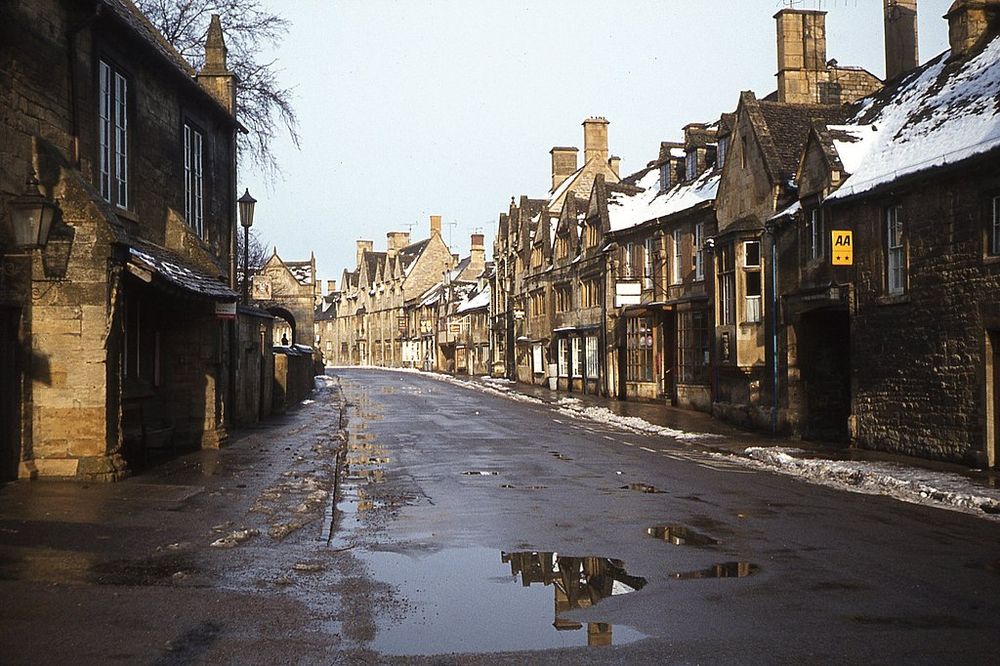The year was 1660.
Chipping Campden, Gloucestershire.
William was the steward to a homeowner named Viscountess Campden.
At seventy years of age he was a married man, with a son named Edward.
A total of 140 of Lady Campdens money was stolen that day.
As small as the town was, the robbers were never seen or found then or subsequently ever after.
He reported being attacked by two men dressed in white carrying bare swords.
Strangely, John was able to defend himself against the lethal weapons with a sheep-pick he had on him.
As expected, the two deviants were never discovered either.
Could this all have been a ruse to precede the main show?
But to her dismay, neither servant nor his master made it back home.
The duo continued their search for the missing William Harrison.
It was revealed that Harisson had disappeared right after visiting a man in Ebringtona town between Campden and Charrington.
The band had remnants of blood.
This meant that the paraphernalia was not on Harisson when it was tormented.
It is believed that Sir Overburry was in charge of the investigation of the case at the time.
Naturally, the first person to be questioned was John Perry.
In his account of the happenings, John was scared of the dark.
At around 8.45pm he began for Charrington, but decided to back-track.
The plan was to retrieve Harrisons horse and set out on the trail once again.
He resumed the search at dawn, and soon met with Edward at Charrington with little developments to share.
His tale was corroborated by two other men.
On that night of 16 August 1660, Harrison had in fact come back home from Charrington.
His body was dumped in a waste pool.
Upon searching, no body was found there or in any other pool of the village.
The mother and brother too denied the hysteric claims.
The incriminating evidence was a ball of inkle tape.
John, in his honesty (or delusional falsehood?)
confessed that it was the piece of linen his brother had strangled Harisson with.
The three of them were thus indicted for robbery and murder.
But that made them look even more guilty in the case of murder.
The trial for the second charge was not conducted immediately, as Harissons body had still not turned up.
The trio was found guilty and sentenced to hang.
But two years later, everyone was proven wrong.
This was because during the day, most tenants had been out harvesting.
He was struck back by the rider with a sword.
Was the money to be smuggled upon his person?
The clarity on that subject remained unclear.
The account, which seems shadier than that of Johns, gets only interesting.
He was finally sold to a Turkish doctor, while the fate of others like him remained elusive.
But Harisson purportedly served him until his death.
From there, an Englishman was kind enough to take him to Dover.
The Campden Wonder remains a mystery for the numerous questions and loopholes in each of the accounts presented.
While Johns account seems like that out of a lunatics head, Harrisons account has been considered childish.
No names of the skippers that transported him or the people that abducted him are presented.
But could he have relied on John confessing against his own kin?
Others have wondered if the happenings were an extreme case of ambulatory somnambulism or split personality disorder.
However, such an instance would hardly have gone unnoticed by crowds around the victim.
According to it, Harrison had disappeared because Joan Perry had transported him to Turkey through witchcraft.
The murder may have been imaginary, but the town was real, as were its people.

